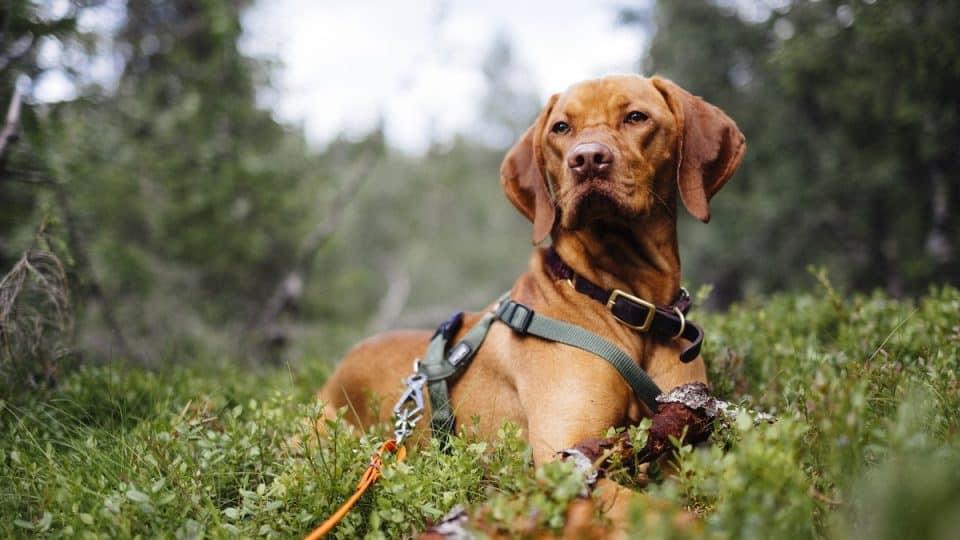
Best Practices for Collar Use in Public for Pet Safety
Share
As a health-conscious pet owner, ensuring the safety and well-being of your furry companion is of utmost importance. One of the key aspects to consider is the proper use of collars when out in public. Understanding the best practices for collar use in public can make a significant difference in your pet's comfort and security.
While collars are a common accessory, not all pet owners are aware of the nuances involved in using them effectively. This article aims to provide comprehensive guidance on how to choose the right collar, adjust it correctly, and use it safely during public outings.

Understanding Different Types of Collars
Before delving into the best practices, it's essential to comprehend the various types of collars available. Each type serves a specific purpose, and understanding these can help you make an informed decision.
Flat Collars
Flat collars are the most common type used by pet owners. They are simple, adjustable, and often come with a buckle or snap closure. These collars are suitable for everyday use and can hold your pet's identification tags.
Martingale Collars
Martingale collars are designed for dogs that tend to slip out of regular flat collars. They provide more control without choking the dog, making them ideal for breeds with narrow heads.
Harnesses
While not precisely a collar, harnesses are an alternative for pet owners concerned about neck injuries. They distribute pressure evenly across the body, reducing the risk of injury during walks.
Choosing the Right Collar
The choice of collar should be based on your pet's size, breed, and behavior. Here are some factors to consider:
Size and Fit
A collar that is too tight can cause discomfort and breathing issues, while one that is too loose can slip off easily. Ensure you can fit two fingers comfortably between the collar and your pet's neck.
Material
Opt for materials that are durable yet comfortable. Nylon and leather are popular choices for their strength and comfort. Reflective materials can enhance visibility during nighttime walks.
Purpose
Consider what you primarily need the collar for. Is it for identification, training, or walking? Different purposes may require different types of collars.
Adjusting the Collar Properly
Once you've chosen the right collar, proper adjustment is crucial. Here's how to ensure a good fit:
Check the Fit Regularly
Pets can gain or lose weight, so it's essential to check the collar's fit regularly. Adjust it to ensure it remains comfortable and secure.
Observe for Skin Irritation
Look for any signs of skin irritation or chafing under the collar. If noticed, consider loosening the collar or opting for a different material.
Using Collars Safely in Public
When out in public, using collars safely is vital to prevent accidents and ensure your pet's well-being.
Keep Identification Visible
Ensure your pet's identification tags are securely attached to the collar and remain visible at all times. This is crucial in case your pet gets lost.
Be Mindful of Crowded Areas
In crowded areas, keep your pet close to avoid entanglement or accidents. Using a harness can provide better control in such situations.
Training and Control
Proper training is essential for using collars effectively. Consider using a training collar for obedience training, but ensure it's used correctly to avoid harm.
For more insights on training collars, you can explore training collars with citronella and their benefits.
Common Mistakes to Avoid
Despite good intentions, some common mistakes can occur when using collars. Being aware of these can help you avoid them.
Using the Wrong Type of Collar
Using a collar not suited for your pet's size or behavior can lead to discomfort and potential injury. Always choose the appropriate type for your pet's needs.
Neglecting Regular Checks
Failing to check the collar's fit and condition regularly can result in discomfort and skin issues. Make it a habit to inspect the collar frequently.
Learn more about common mistakes and how to avoid them in this article on e-collar mistakes.
Conclusion
Collars are an essential tool for every pet owner, and using them correctly ensures your pet's safety and comfort during public outings. By choosing the right collar, adjusting it properly, and using it safely, you can enhance your pet's experience and your peace of mind.
For more information on collars and their features, visit features of heavy-duty dog collars.

FAQ
What is the best type of collar for a small dog?
For small dogs, a flat collar is usually sufficient. Ensure it's lightweight and adjustable for comfort.
How often should I check the fit of my pet's collar?
It's advisable to check the fit of your pet's collar at least once a month or if you notice any changes in your pet's size.
Can I use a collar for training purposes?
Yes, collars can be used for training, but ensure you choose a collar designed for training purposes and use it correctly to avoid harm.
This article contains affiliate links. We may earn a commission at no extra cost to you.
